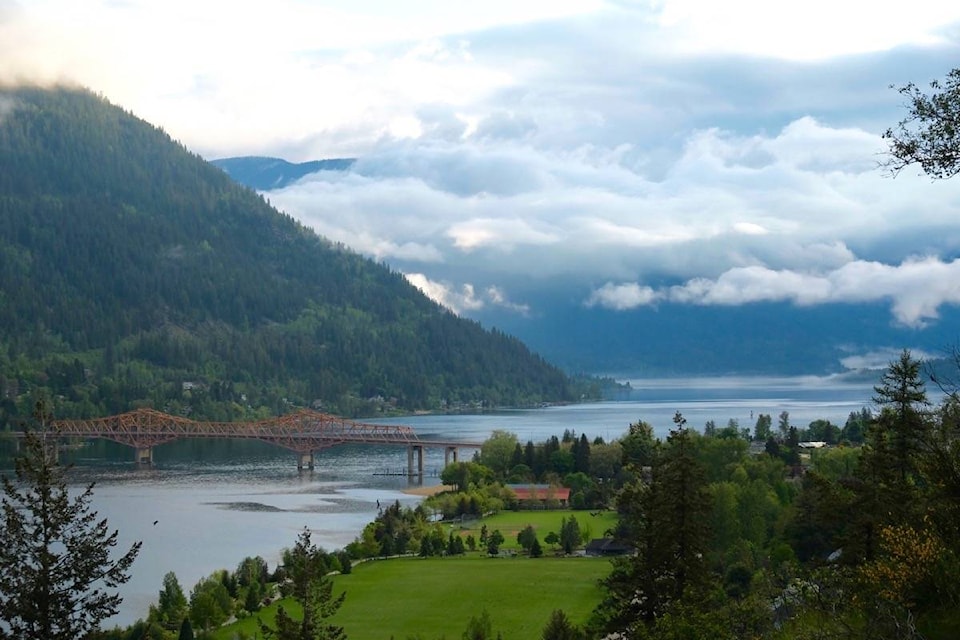As executive director of B.C.’s Provincial Columbia River Treaty Team, I write to correct some of the factual errors in Gerhard Magner’s letter, “Downsides of the Columbia River Treaty,” that appeared in your paper on Sept. 9.
While I certainly do not discount the significant impacts of the Treaty, it’s vitally important as we continue crucial negotiations on the future of the Treaty that people have accurate, objective information.
The Columbia River Treaty does not preclude either country from extracting water from the Kootenay River for domestic, industrial and agricultural purposes. In fact, there is a specific provision in the Treaty that allows Canada to divert the river prior to it entering the U.S.
The key objectives of the Treaty were to reduce flooding and increase power production. There is no irrigation or agricultural component to the Treaty. Today, negotiations are considering adding ecosystems as a third objective to a modernized Treaty.
Water levels on Kootenay Lake are influenced by the Kootenay River from the south and the Duncan River from the north, as well as local precipitation. Lake levels are maintained in accordance with minimum and maximum elevations dictated by the International Kootenay Lake Board of Control established by the International Joint Commission in November 1938. The lake does not experience significant daily fluctuations.
The province was directly involved prior to the Treaty being ratified in 1964. Premier W.A.C. Bennett ensured that B.C.’s interests would be reflected in the implementation of the Treaty through the 1963 Canada-B.C. Agreement, which delegated the obligations and benefits of the Treaty to the province of British Columbia.
As Canada and the U.S. continue conversations about the Columbia River Treaty, our government is actively engaging with Indigenous Nations, local governments, and communities throughout the Columbia Basin to make sure they have a voice in the Treaty’s future. I’d encourage Mr. Magner and your readers to visit our website to learn more about the Treaty and participate in this process at https://engage.gov.bc.ca/columbiarivertreaty/.
Kathy Eichenberger,
Executive Director, Provincial Columbia River Treaty Team
